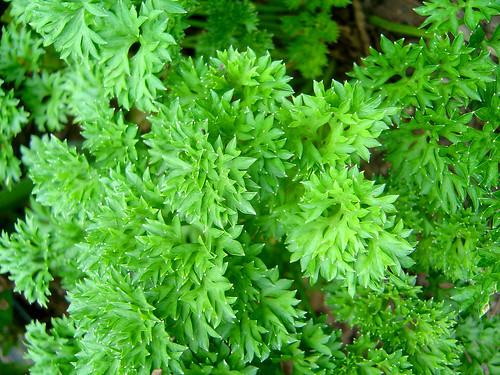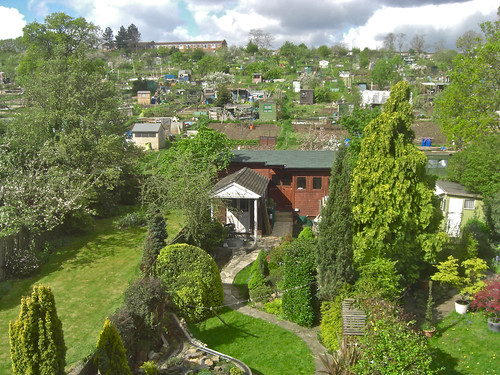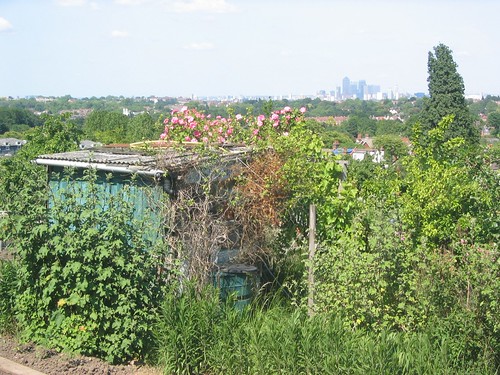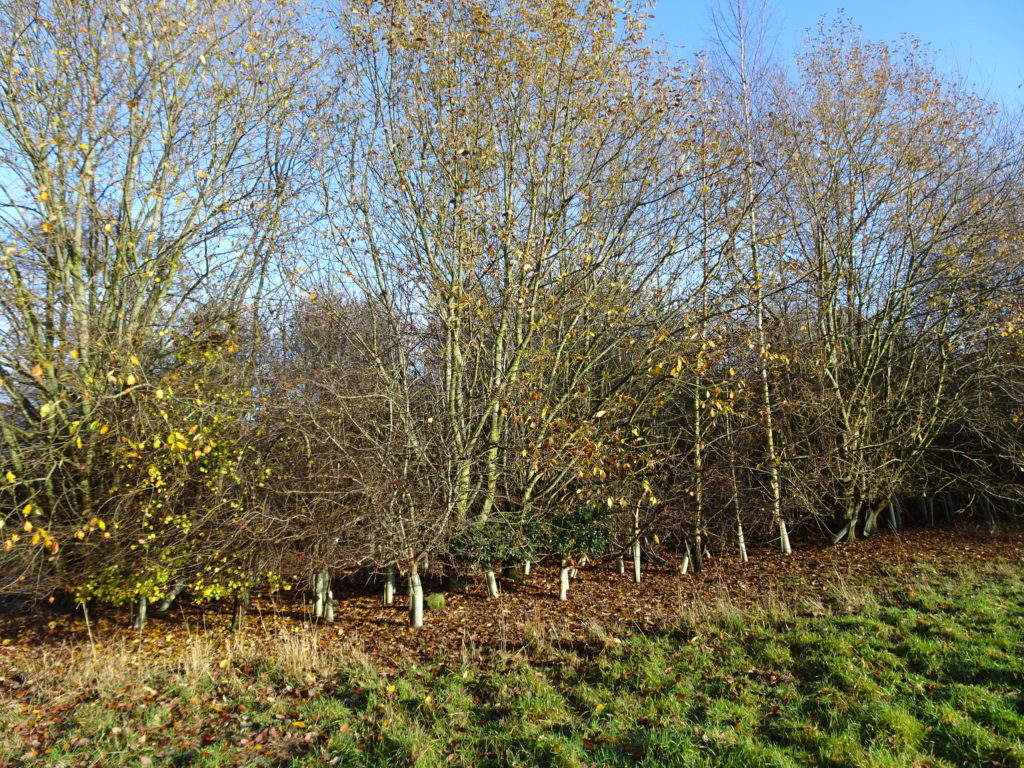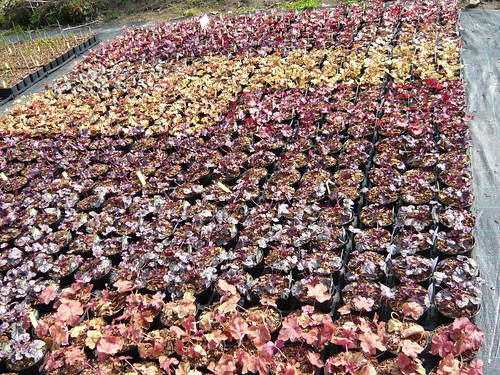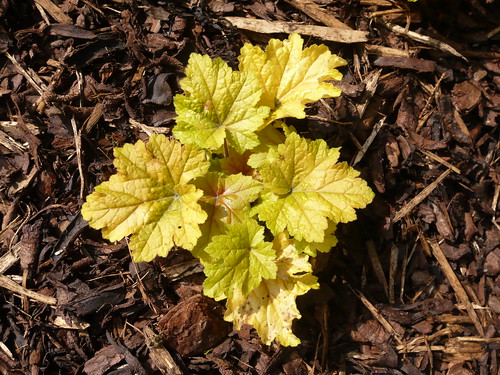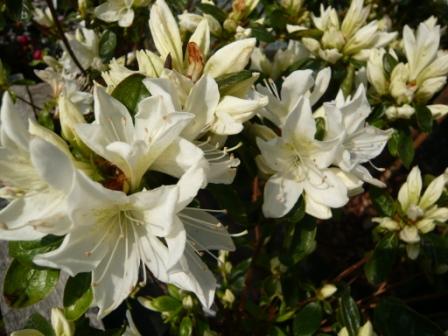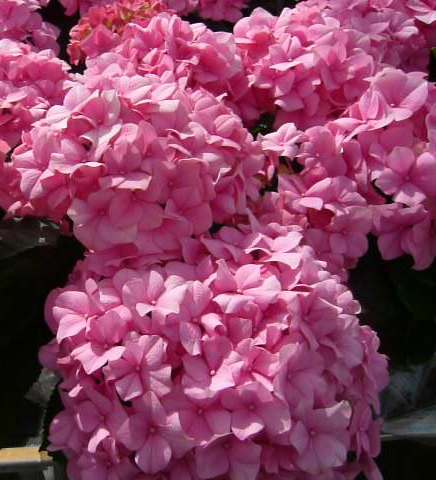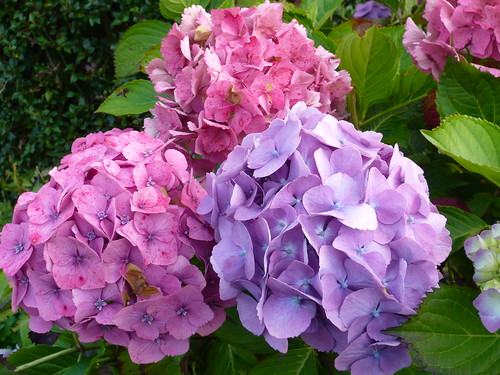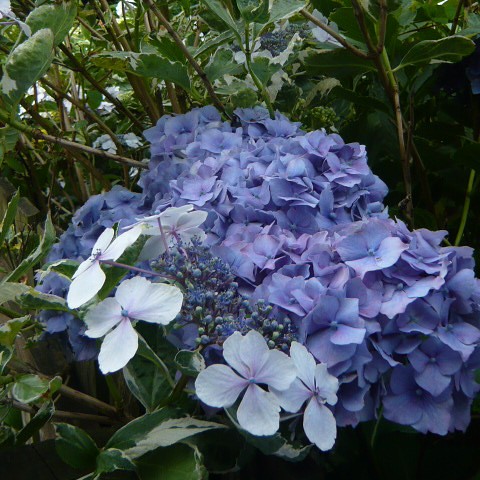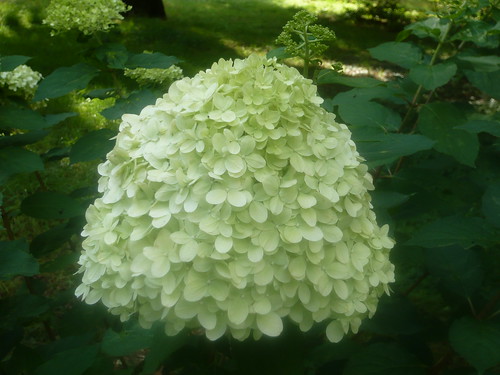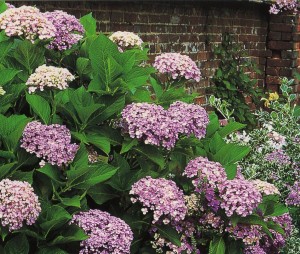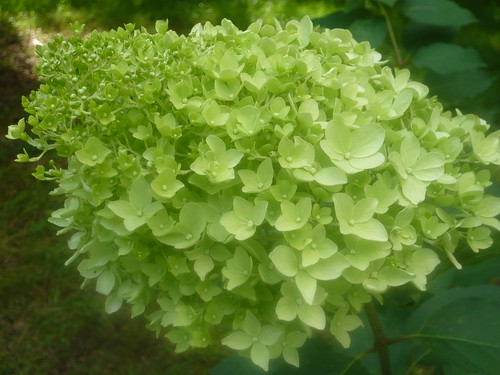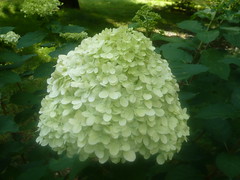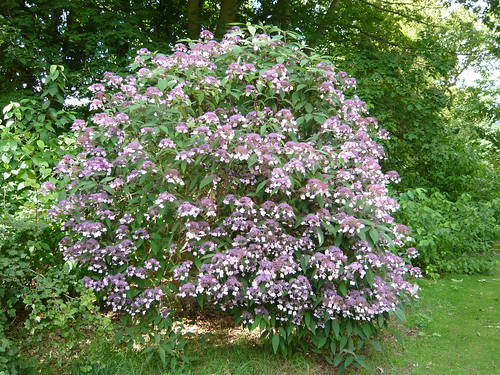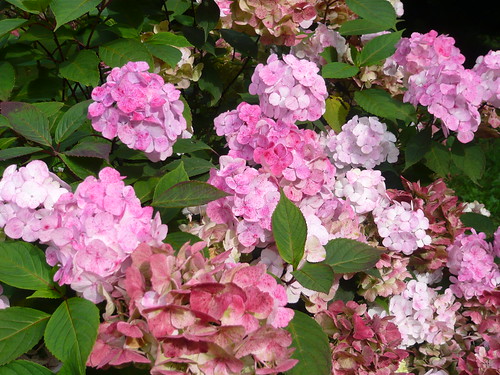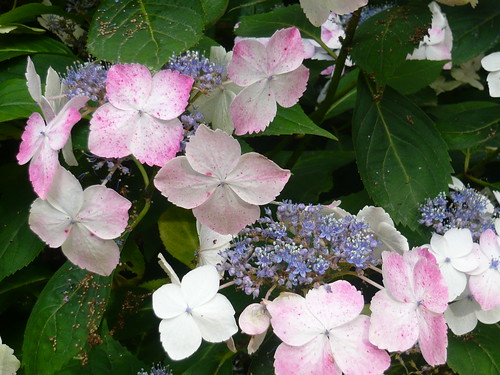My Ground Cover Ideas
Ground cover plants are designed to do what they say in the title. They can cover the ground by design, happy accident or conscious neglect.
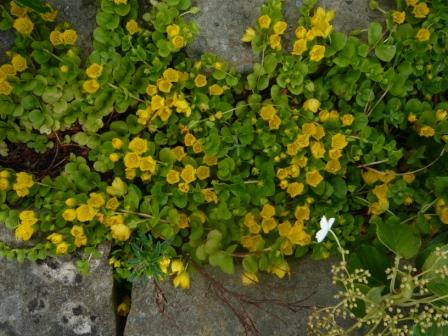
Creeping Jenny
Benefits of Ground Cover
- Treasure the ground cover plants that clothe the soil and rocks with leaves or stems preventing wasteful moisture loss.
- Ground cover reduces weed seed germination as the seed can’t reach the soil. Any weeds that do grow will likely be smothered or hidden from view.
- Most ground cover will flower and even foliage only plants are more aesthetically pleasing than bare or patchy ground.
- Ground cover is useful on hard to access land such as scree or steep slopes.
- Ground cover may creep or mound but most will grow lower than one feet high and be ornamental.
- They are easy to maintain with an occasional clipping after flowering or an edging trim to keep them in control.
- Ground cover can support wild life and help create a special habitat.

Hart’s tongue fern Asplenium scolopendrium
Selected Ground Cover Plant Species
-
- Ajuga reptans like plenty of water to produce purple-green leaves and spring flowers of blue spikes.
- Erigeron karvinskianus has small white flowers like lawn daisies. A copious self seeder.
- Lysimachia nummularia also called creeping jenny for reasons you will discover as it moves around your garden. In summer it has numerous smal,l yellow flowers.
- Sedum acre or Stone crop is a popular low growing succulent for ground cover.
- Stachys byzantina has grey wooly leaves on 6″ high stems. They look like Lamb’s ears hence the common name.
- Often excluded from ground cover plant list is lawn grass. I guess meadow achieves a similar purpose.

Saxifraga
Happy Accidents
Many times a garden will develop its own style with a series of what I call ‘happy accidents’. Looking at ground cover I would include the semi-evergreen strawberry with its habit of forming runners in my list of accidents. Other ground hugging evergreen plants include a range of recumbent or prostrate dwarf conifers such as Juniper horizontalis or Juniper squamata blue carpet.
Whilstnot planted as ground cover I notice saxifrage, Euonymus, Bergenia and even clumpy Dianthus are all fulfilling the cover role. The special evergreens have the edge over plants that loose there leaves in winter but I have some great covering clumps of cyclamen at the moment. Ivy, I would not consider a happy accident more a gardening disaster.

Pink Flowered Strawberry Lipstick
Conditions for Good Ground Cover
- There are plants for most circumstances and conditions. Problem areas of poor soil and poor access are often the drivers of the decision to plant ground cover.
- Heaths and heathers are good for soils with acidic ph and will cope with a comparatively low top soil on top of stone or rubble. Some ferns may be suitable in these conditions.
- Flowering ground cover generally appreciate full or partial sun with a soil that retains some moisture.
- Damp conditions offer there own challenges and plants from the primula, iris, polygonum or marsh marigold families may suit.
- Once the ground is virtually covered you may not want lush growth and for that a reason I do not apply extra fertiliser as it is not required.
- Delineate the boundary of the ground cover to give a smart appearance.
- If you are happy with an informal aspect allow several varieties to inter-mingle.
My Ground Cover
When I moved into my new house in 2004, I dug up a lot of grass to increase the size of the borders. However, having done that I found I had less time for gardening than I expected. This meant it has felt hardwork keeping on top of the weeding. Therefore I have come to really appreciate the role of ground cover plants. The best thing about ground cover plants is that they reduce the time of weeding and prevent weeds from seeding. When you are ready to plant specific plants these ground cover plants are easy to cut down and replace. But, it is much better to have these ground cover plants than leaving blank soil. Blank soil is an invitation to nature to send some weeds along!
- Comfrey. The plant pictured here is comfrey. It really is an excellent plant and worth growing for its own sake. It has nice delicate flowers which attract bees. It also helps to make excellent compost, you can regularly cut down its leaves to add as accelerator layer to your compost and it will quickly grow back. As you can see from its dense coverage, it is also an excellent weed suppressor.
- Geraniums. Great at low growing ground cover. Just cut back after flowering
- Pulmonaria officinalis: Lungwort
- Mahonia aquifolium: (oregon Grape) shrub
- Hosta species as long as they don’t provide cover for slugs..
- Campanulas
- Strawberries
- Peltaria alliacea: Garlic cress
- Sedums
- Lamiums
- Winter heathers
- Ivy – though can become invasive

